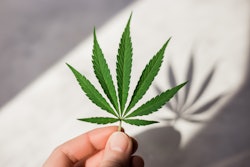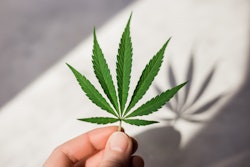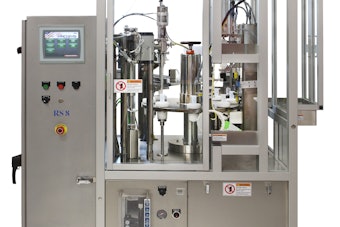Key takeaway: There is a need for greater quality control in the Canadian legal cannabis market, and likely globally, to ensure labels reflect accurate dosing information.
A new study published on June 5, 2024 in JAMA Open Network, a medical journal published by the American Medical Association, confirms “discrepancies” in the information displayed on goods containing cannabis oil.
This is believed to be the first Canadian study about the labeling of regulated products containing cannabis oil.
To discover these findings, oral cannabis oil products available on the Ontario Cannabis Store (OCS) website were tracked with 30 products randomly selected that were available at least twice during the tested period. Amounts of CBD and THC in each product were then quantified using “high-performance liquid chromatography at the Centre for Microbial Chemical Biology at McMaster University (Federal cannabis regulations indicate that the allowable variability for extracts is 15% above or below the product’s labeled amount.)”
The results showed one-third of purchased products differed from their online THC and CBD descriptions, and 16.7% had conflicting information on the physical label.
These findings suggest that inaccurate labeling of cannabis oil products in the legal Canadian market is all too common, with most discrepancies due to labeling products with greater THC or CBD content than was present. The good news is that no products contained more THC than labeled at an amount that would be expected to have substantively different psychoactive effects. Mislabeling the amount of THC or CBD in a cannabis product can lead to inaccurate dosing for medical consumers obtaining products from the non-medical market.
According to the report, an important takeaway is that these findings suggest a need for greater quality control in the Canadian legal cannabis market and undermine the assumption that a legal market is an assurance of accurate labeling.






















